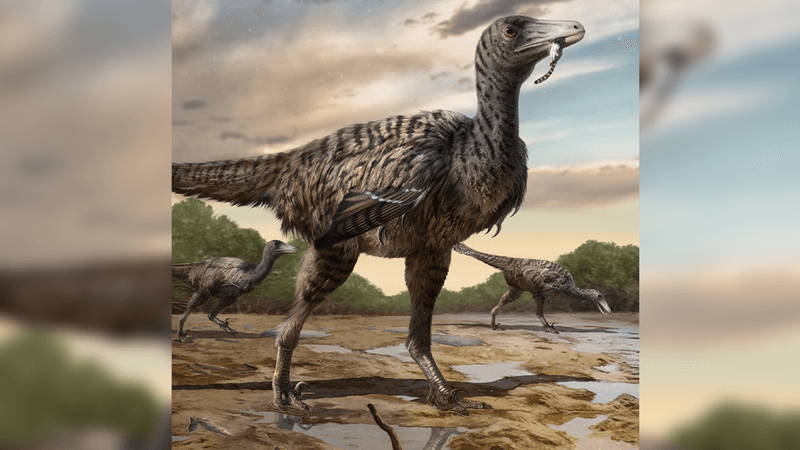In the face of human interference, habitat degradation, and climate change, some pollinators are failing to thrive in parts of the globe and it spells bad news for the human race who rely on such airborne hustlers to pollinate fruit-bearing plants. To compensate for diminishing pollinator populations, scientists have been attempting to create robotic pollination technologies to pick up the slack and a new study published in the journal iScience claims to have discovered an effective replacement for bees and butterflies. The solution? Pollen-charged soap bubbles.
Brought to you from the Japan Advanced Institute of Science and Technology in Nomi, the ironically low-tech design involves essentially stocking a bubble gun with a pollen-loaded solution. The pollinating bubble projectiles are then fired at will in the midst of an orchard, pollinating flowers as the bubbles pop on their surface, effectively supplementing the work of vanishing bees.
"It sounds somewhat like fantasy, but the functional soap bubble allows effective pollination and assures that the quality of fruits is the same as with conventional hand pollination," said senior author Eijiro Miyako in a statement, an associate professor in the School of Materials Science at the Japan Advanced Institute of Science and Technology. "In comparison with other types of remote pollination, functional soap bubbles have innovative potentiality and unique properties, such as effective and convenient delivery of pollen grains to targeted flowers and high flexibility to avoid damaging them."

The resourceful solution also comes with a brilliant origins story. Miyako and colleagues were working on a prototype for a small drone that could pollinate flowers and weren’t having much success. Despite its tiny size, just 2 centimeters long, the drone kept destroying the flowers as it flew into them. Disillusioned, Miyako took a break from artificial pollination to play with bubbles with his son. It was here that inspiration struck in the form of a bubble hitting his son’s face, as it dawned on Miyako that their gentle structure made bubbles the perfect pollinator for fragile flowers.
The team’s first task was to confirm through optical microscopy that a bubble could indeed support pollen grains. Like goldilocks and her approach to breakfast cereals, they sampled a selection of pollen and bubble solution recipes before finding the perfect recipe to promote pollen germination and growth of the tube that develops from each pollen grain after it is deposited on a flower.
As fun as it must be to sentence an orchard full of pear trees to pollination by firing squad, the researchers accepted a more sustainable means of bubble release was needed and so loaded up an autonomous, GPS-controlled drone. Armed with its tiny bubble cannons, the drones were able to hit their floral targets at a 90 percent success rate while moving 2 meters (6.6 feet) per second.
The researchers recognize that the ingenious creation isn’t a cure-all, not least because bubbles are vulnerable to changing weather conditions such as wind and rain. Nonetheless, I think we can all agree that an autonomous drone packing bubble canons firing pollen bombs while speeding at 2 meters per second is pretty bad ass.




